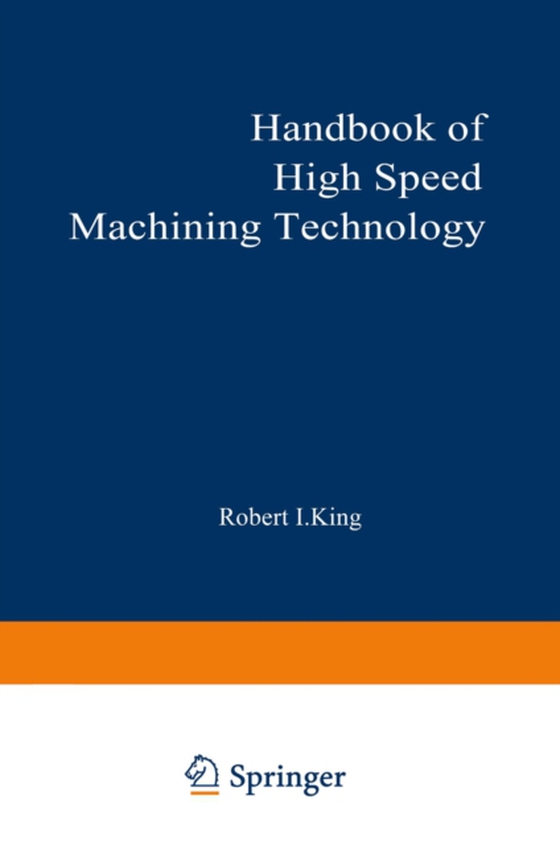
Handbook of High-Speed Machining Technology e-bog
546,06 DKK
(ekskl. moms 436,85 DKK)
The United States now spends approximately $115 billion annually to perform its metal removal tasks using conventional machining technology. Of this total amount, about $14 billion is invested in the aerospace and associated industries. It becomes clear that metal removal technology is a very important candidate for rigorous investigation looking toward improvement of produc- tivity within the ...
E-bog
546,06 DKK
Forlag
Springer
Udgivet
8 marts 2013
Genrer
Interdisciplinary studies
Sprog
English
Format
pdf
Beskyttelse
LCP
ISBN
9781468464214
The United States now spends approximately $115 billion annually to perform its metal removal tasks using conventional machining technology. Of this total amount, about $14 billion is invested in the aerospace and associated industries. It becomes clear that metal removal technology is a very important candidate for rigorous investigation looking toward improvement of produc- tivity within the manufacturing system. To aid in this endeavor, work has begun to establish a new scientific and technical base that will provide prin- ciples upon which manufacturing decisions may be based. One of the metal removal areas that has the potential for great economic advantages is high-speed machining and related technology. This text is con- cerned with discussions of ways in which high-speed machining systems can solve immediate problems of profiling, pocketing, slotting, sculpturing, facing, turning, drilling, and thin-walled sectioning. Benefits to many existing programs are provided by aiding in solving a current management production problem, that of efficiently removing large volumes of metal by chip removal. The injection of new high-rate metal removal techniques into conventional production procedures, which have remained basically unchanged for a cen- tury, presents a formidable systems problem, both technically and man- agerially.The proper solution requires a sophisticated, difficult process whereby management-worker relationships are reassessed, age-old machine deSigns reevaluated, and a new vista of product/process planning and design admitted.
 Dansk
Dansk

